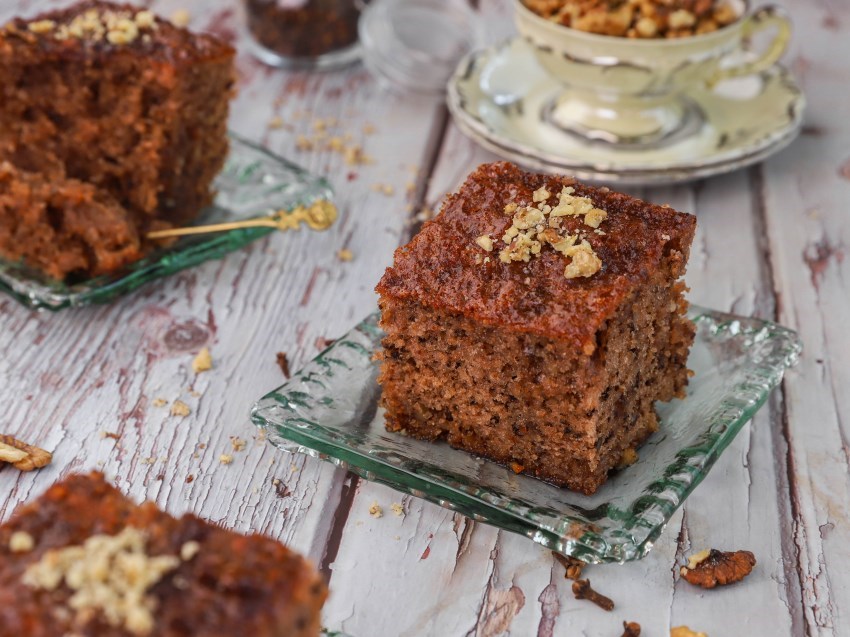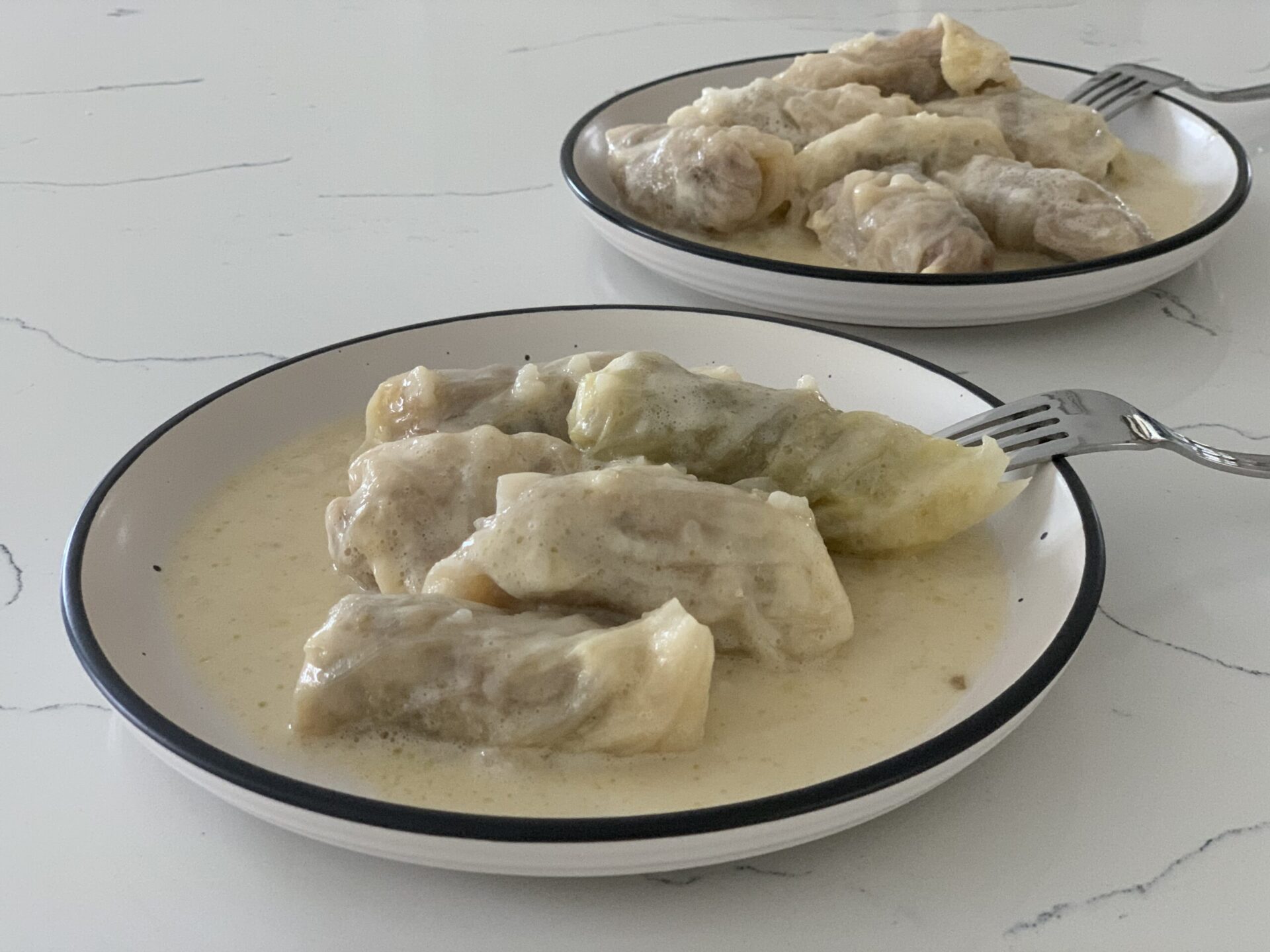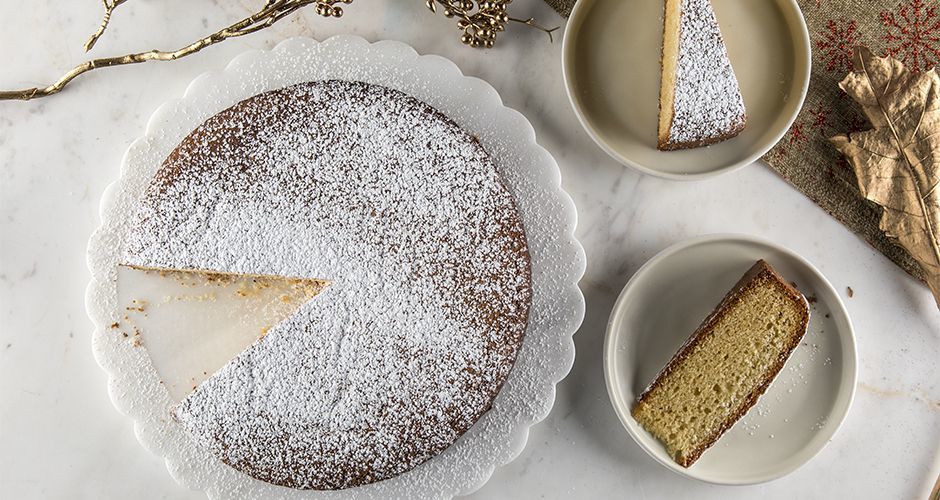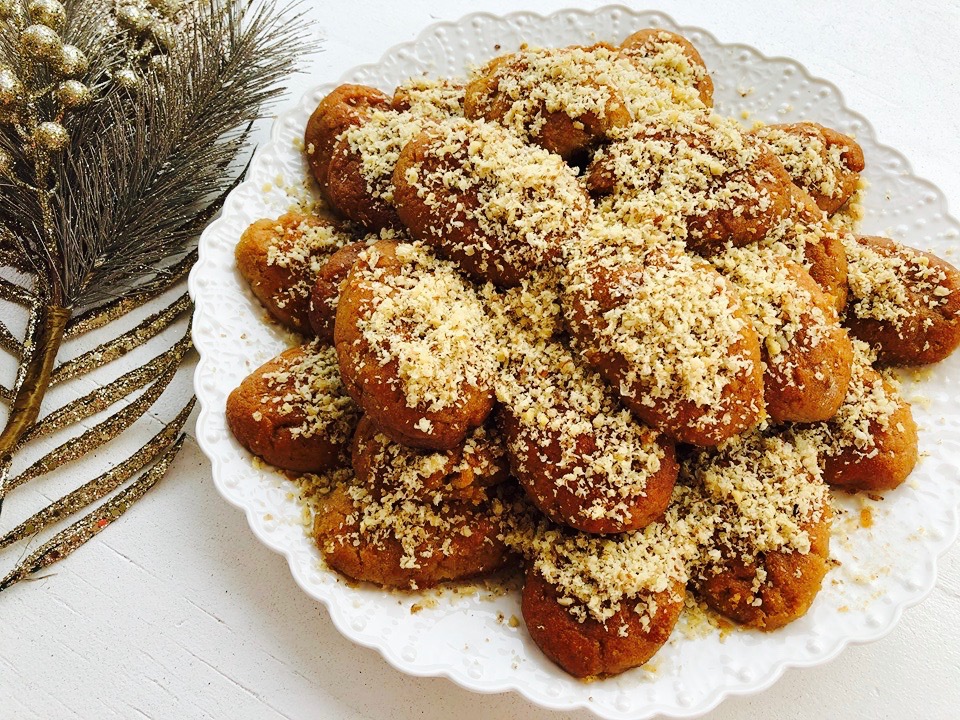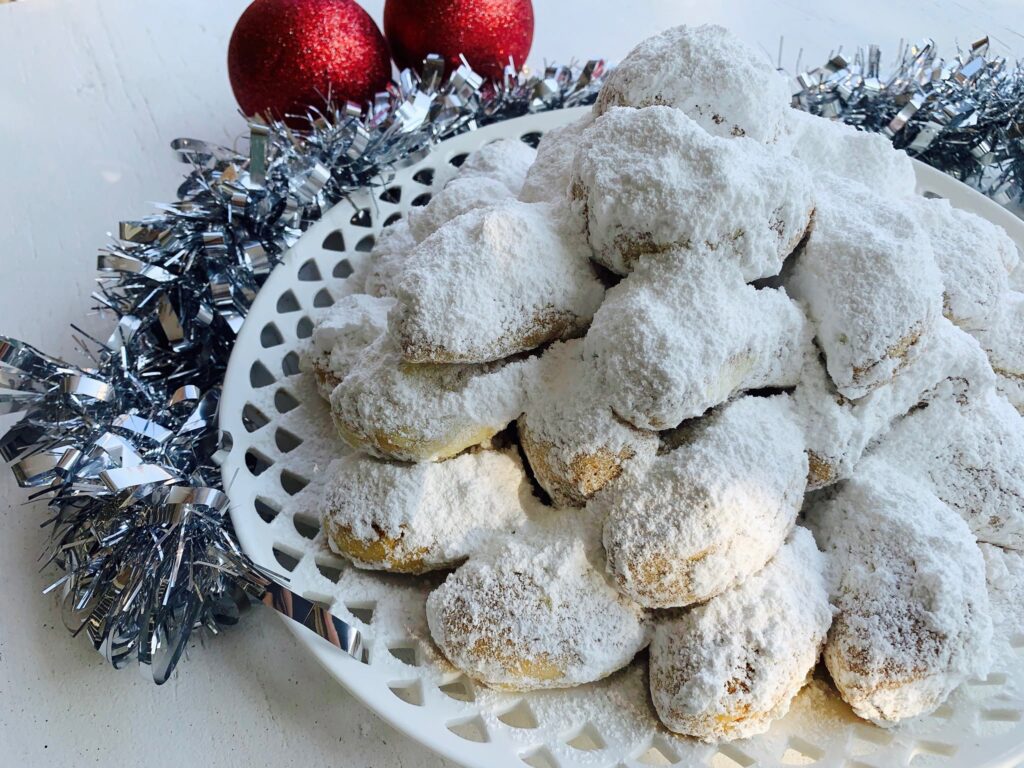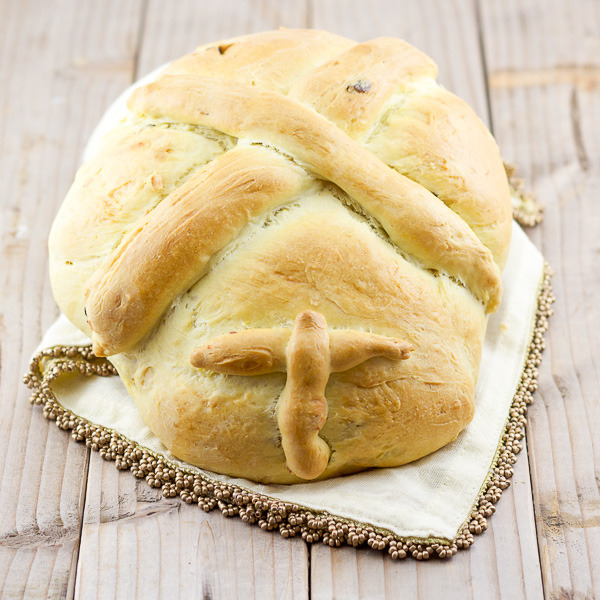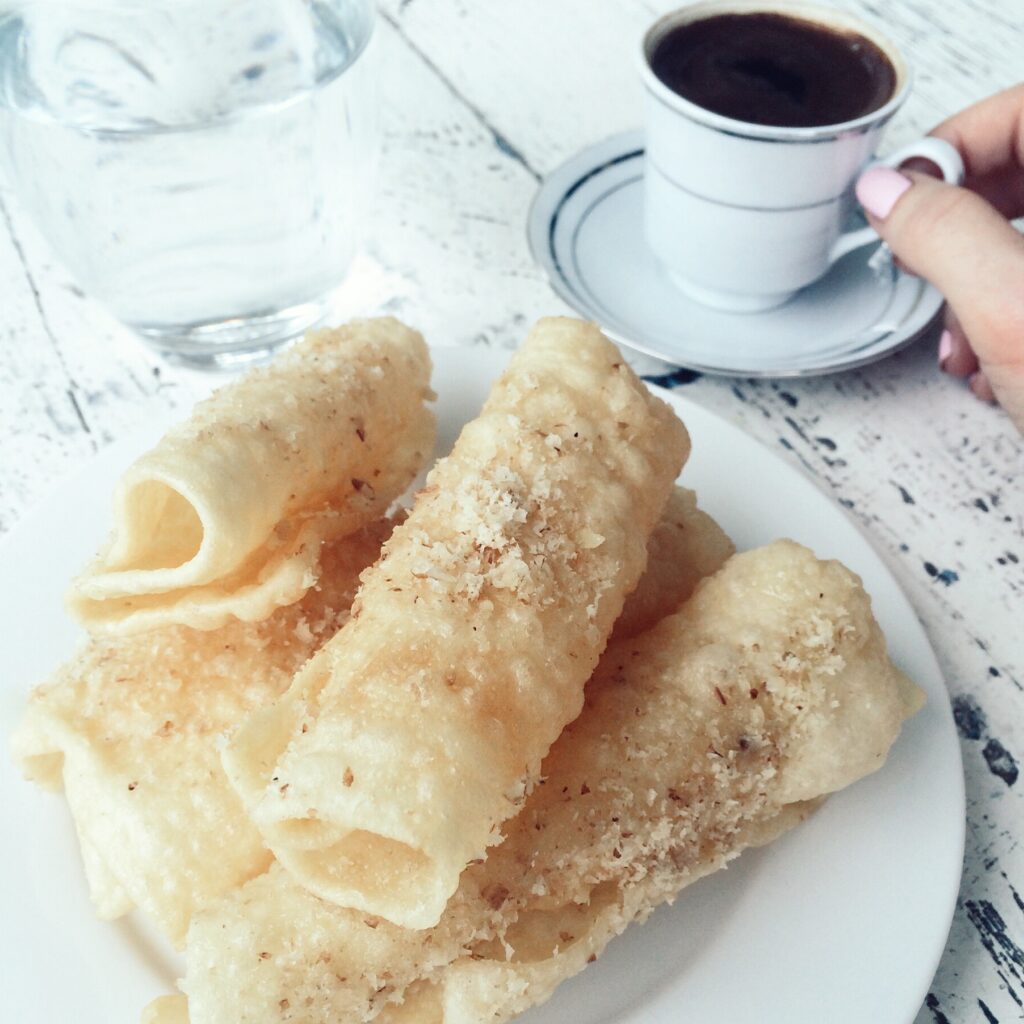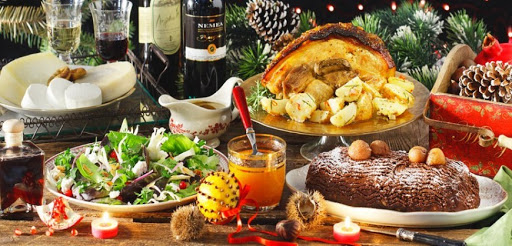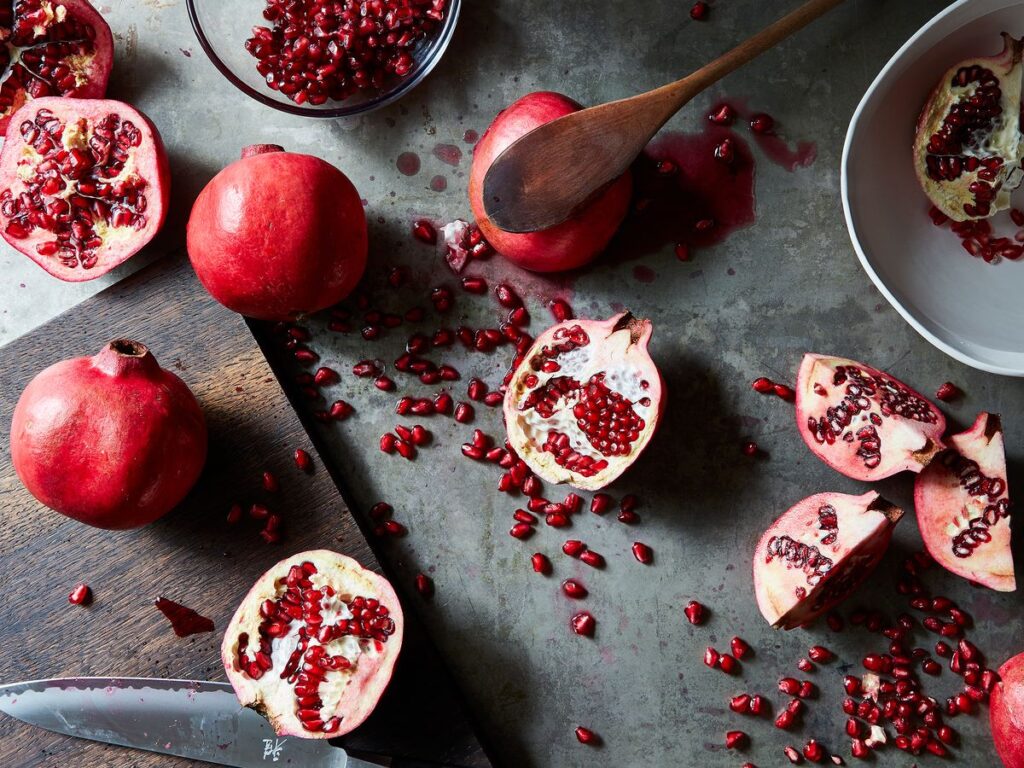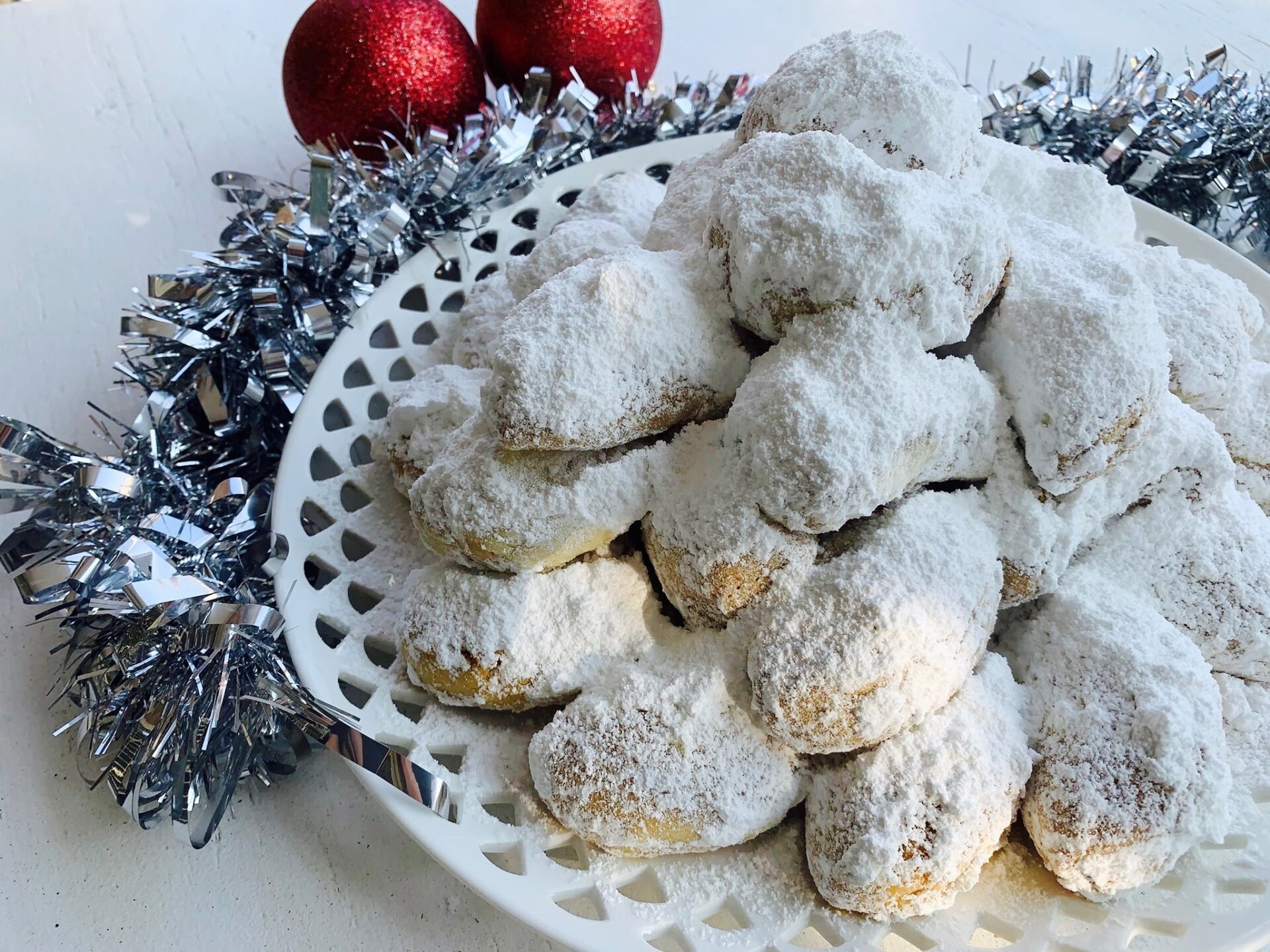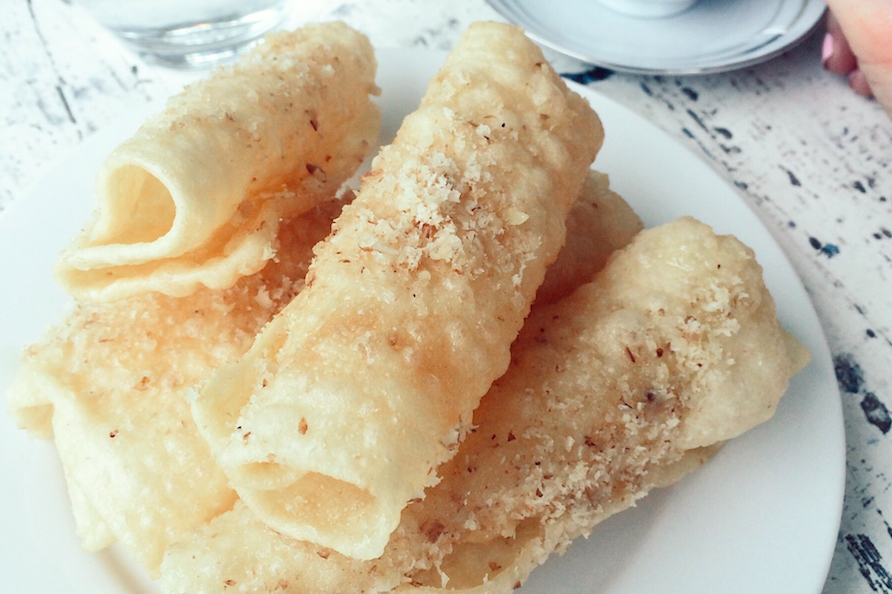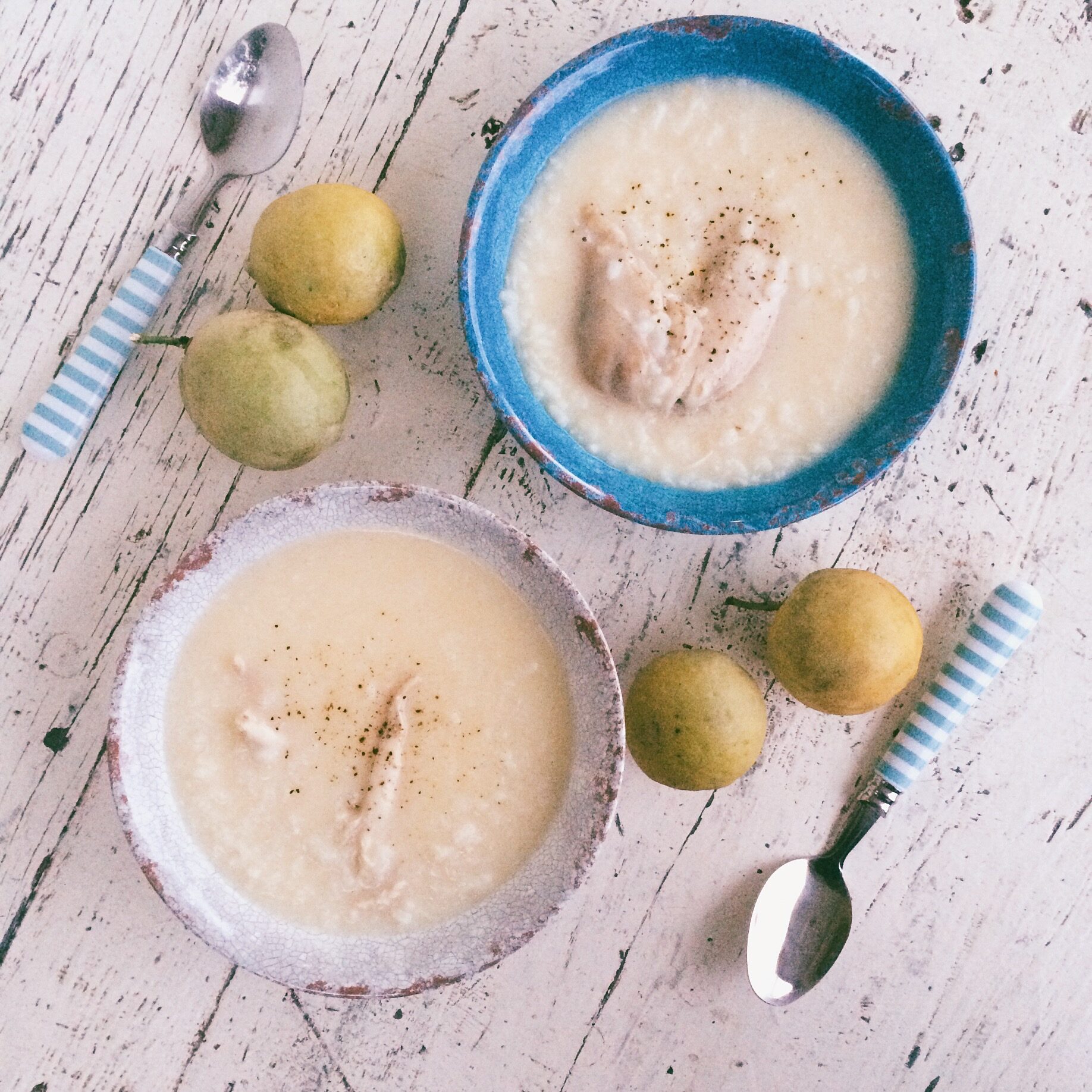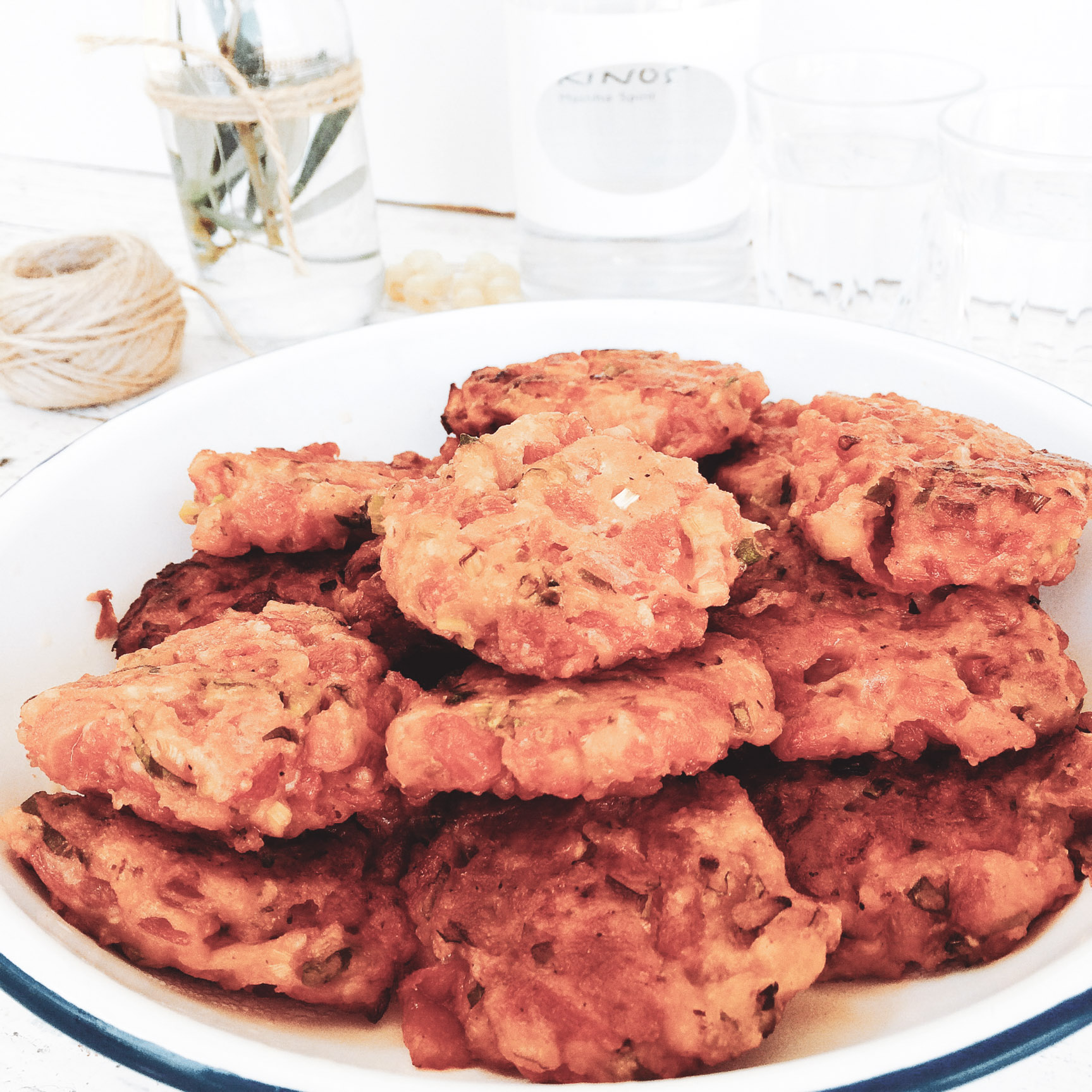Karidopita is a traditional Greek walnut cake drenched in a lush lemon syrup. It is by far one of Greece’s most popular cakes. Here is a delicious and authentic recipe for this syrupy sweet by popular Greek chef Giorgos Tsoulis.
Ingredients (makes 10-12 pieces)
For cake
– 500 x grams plain flour
– 500 x grams caster sugar
– 10 x eggs, room temperature
– 250 ml olive oil
– 50 grams baking powder
– 1 x tablespoon vanilla sugar
– 1/4 x teaspoon ground cloves
– 1 x tablespoon ground cinnamon
– 400 x ml full cream milk
– 300 x grams walnuts, crushed
For syrup
– 500 x grams caster sugar
– 1 litre water
– 50 x grams glucose syrup
– 2 x cinnamon sticks
– 1 x lemon, juiced
Method
For syrup
-Place saucepan over medium heat, add water, sugar, glucose syrup, cinnamon sticks and lemons juice. Mix with a wooden spoon and allow to simmer for about 5 minutes. Once syrup has set, remove from heat and set aside to cool.
For walnut cake
-In a large metal bowl, pour the olive oil, milk, sugar, eggs and stir with hand whisk until the eggs are dissolved.
-Take a large pot and fill it halfway with water and transfer to medium/low heat, until it
starts to boil.
-Place metal bowl with the eggs on top and stir constantly with a hand whisk for 5-10 minutes, until fluffy.
-Remove from heat, add flour and mix with a plastic spatula.
– Add baking powder, cinnamon, cloves, walnuts and mix until well combined.
-Butter a round pan with a diameter of 35cm, and transfer mixture into pan. Bake it in a preheated oven in the middle rack at 180 degrees Celcius (air force oven) for 40-45 minutes.
-Once it’s ready, remove from oven and lightly piece the walnut pie creating small recesses with knife.
-Pour the cold syrup over the walnut pie , cut into pieces and serve.
For more delicious recipes by Giorgos Tsoulis, head to his website here
Follow Giorgos Tsoulis on his socials below
Youtube

